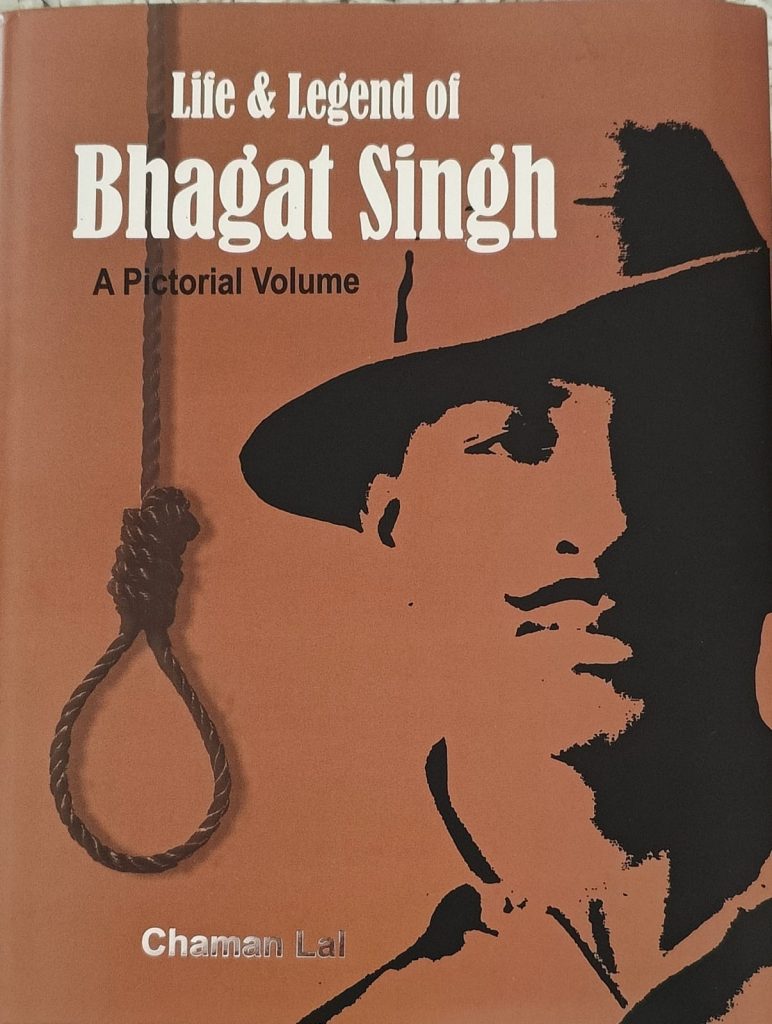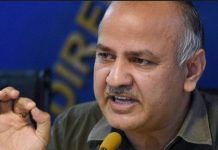
Professor Chaman Lal has been writing ever so consistently on the life and times of Bhagat Singh. “Continuing my career in Hindi literature from a school Hindi teacher to Professor in Hindi Translation in JNU, apart from writing and translating books of literature, Bhagat Singh remained my passion,” says the author. A book review by Humra Quraishi.
Title– Life &Legend of Bhagat Singh – A Pictorial Volume
Author – Chaman Lal
Publisher – Publications Division, Ministry of I&B, Government of India
Pages – 212
Price – Rs 895
Professor Chaman Lal has been writing ever so consistently on the life and times of Bhagat Singh. This latest book from him has the added advantage of relevant photographs to go along with the prose.
And when I’d queried: What’s drawn him to Bhagat Singh in such a consistent forceful way, to be writing book after book on him, he states, “I am a student of literature, starting with Prem Chand’s Godan from 1964. In the process of reading literature, especially novels, I came across a book by Manmath Nath Gupta on revolutionaries, which absorbed me so much that I translated that book into my mother tongue Punjabi, which was serialised in legendary Ghadratie Baba Gurmukh Singh Lalton edited Desh Bhagat Yaadan. Continuing my career in Hindi literature from a school Hindi teacher to Professor in Hindi Translation in JNU, apart from writing and translating books of literature, Bhagat Singh remained my passion.”
Then he goes on to detail, “ Starting with Bhagat Singh aur Unke Sathiyon ke Dastavez, edited along with Bhagat Singh’s nephew Jagmohan Singh in 1986, which was published by the most sought publisher Rajkamal, it became an instant hit and continue to be so in the last four decades. My interest was more in the writings of Bhagat Singh, which reflected his advanced intellectual personality than in narrations of his bravery and fearlessness, which made him the most popular and loved icon of Indian people from right to left orientations. After joining the JNU faculty in 2005, getting more frequent access to the Nehru Memorial Museum and Library (NMML) and the National Archives of India, the richest sources of history of the freedom struggle of India, I focussed more on searching and collecting materials on Bhagat Singh’s ideological moorings through his own writings and through memoirs of his comrades…By now out of 65 publications in my name, including some translations of my works mostly on Bhagat Singh; of literary criticism, editing, and translation of literature, 25 relate to Bhagat Singh and other Indian revolutionaries. Since I wished to bring Bhagat Singh’s intellectual and ideological personality through his writings, not only throughout India but even to the whole world, apart from writing in Hindi and Punjabi(my mother tongue), I took to writing in English. I am happy that I have succeeded in it too. My English-published Jail Notebook and other writings, Understanding Bhagat Singh, The Bhagat Singh Reader (Published by Harper Collins in 2019) and now the latest Life and Legend of Bhagat Singh, published by the Publication division of India to mark the 75th anniversary of Indian independence, called Azadi ka Amrit Mahotsav, has come out.”











